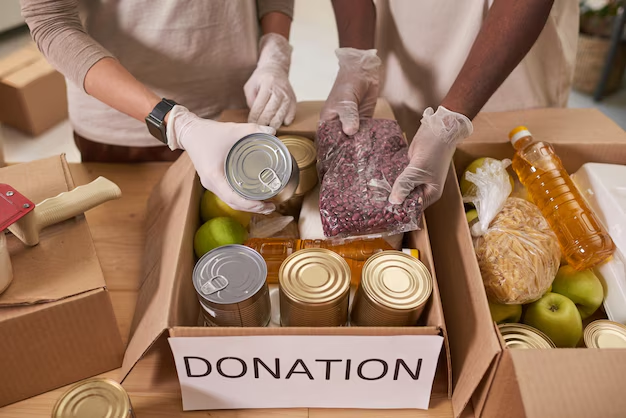Understanding the Difference: Food Stamps and SNAP
In the realm of public assistance, terms like "Food Stamps" and "SNAP" often crop up, leaving many wondering if they are synonymous. Are Food Stamps the same as SNAP? The straightforward answer is that they are related, but not exactly identical. Once upon a time, individuals and families in need relied on paper coupons known as food stamps to purchase groceries. However, the system evolved with technological advancements and policy changes, transitioning into what we now call SNAP—the Supplemental Nutrition Assistance Program.
The Evolution from Food Stamps to SNAP
Food Stamps, the colloquial term many still use, refers to the lineage of what is currently known as SNAP. Originally implemented during the Great Depression to combat hunger, the program provided direct assistance in the form of coupons that beneficiaries could exchange for food. These paper coupons were later replaced by a more efficient and discreet method—electronic benefit transfer (EBT) cards, which function much like debit cards.
With the evolution of the program and the advent of EBT cards, the name officially changed to the Supplemental Nutrition Assistance Program, or SNAP. This modern version not only seeks to assist individuals with purchasing nutritious food but also aims to support agricultural and economic health in communities nationwide.
What SNAP Offers Today
For those navigating the landscape of financial assistance options, SNAP provides critical support. Beneficiaries receive monthly benefits loaded directly onto their EBT cards, allowing for the purchase of a broad array of food items at approved retailers. The program is income-based, designed to ensure that low-income families have access to essential nutrition. Its flexibility empowers recipients to make personal choices that best fit their dietary needs and preferences.
Transitioning to Broader Forms of Assistance
Government Assistance Programs extend far beyond SNAP. For individuals and families exploring other supportive structures, a variety of options exist:
Financial Assistance: Programs ensuring stable living conditions, such as housing vouchers or utility assistance, can be lifesavers for those struggling with bills.
Debt Relief Solutions: Services are available to aid in managing debts. Consolidation programs or credit counseling can be pivotal in regaining financial footing.
Credit Card Solutions: For those struggling with high-interest debt, exploring low-interest credit card offers or balance transfers can alleviate immediate financial pressure.
Educational Grants and Scholarships: Opportunities for educational funding can open doors to new careers and higher-paying jobs, reducing the likelihood of financial struggles in the future.
These programs work in tandem with SNAP, offering holistic solutions that move beyond food security to comprehensive economic stability. By exploring available resources, individuals can better navigate financial hardships and secure a positive future.
Taking the Next Steps
Understanding the current SNAP program and its differentiation from the historical food stamps helps clarify an important element of U.S. public assistance. While food security forms the backbone of the initiative, the broader landscape of financial aid provides enriched pathways to stability and growth. Whether it is through SNAP, educational opportunities, or debt relief, solutions are available for those seeking assistance.
Explore Your Options:
📜 SNAP (Supplemental Nutrition Assistance Program): For direct food-related assistance.
🏡 Housing Vouchers: Aid for affordable housing.
💸 Debt Consolidation: Reorganize and simplify debt payments.
💳 Credit Solutions: Low-interest offers and credit counseling.
🎓 Educational Grants: Funding for college or vocational training.
If you're navigating financial challenges or considering a change in your circumstances, tapping into these resources can provide the support you need. Each program offers distinct benefits, yet together they form a safety net to foster long-term stability and success.
